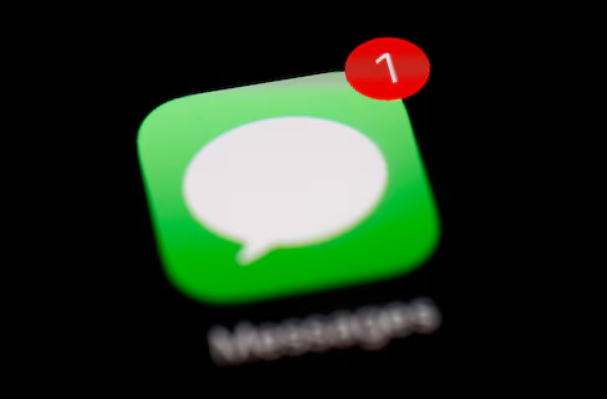The concept of postal codes, or ZIP codes as they’re known in the United States, is a relatively recent invention. But did you know that there are “antique postal codes” that predate the standardized systems we use today? Let’s dive into the fascinating history of these numerical identifiers and explore their evolution.
Contents
The Origins of Postal Codes
The roots of postal codes can be traced back to the mid-19th century when cities like London and Paris began dividing their urban areas into numbered districts to facilitate mail delivery. These early systems were often simple and based on geographic zones, but they laid the groundwork for the more complex codes we use today.
The first modern postal code system was introduced in the Soviet Union in 1932. This system, which divided the country into numbered zones and subzones, was designed to streamline mail delivery in a vast and rapidly growing nation.
The Evolution of ZIP Codes in the United States
The United States didn’t adopt a nationwide postal code system until 1963. The ZIP in ZIP code stands for Zone Improvement Plan, a fitting name for a system designed to improve the efficiency of mail delivery.
Initially, ZIP codes consisted of five digits. The first digit represented a broad geographic region, the second and third digits narrowed down the location to a sectional center, and the final two digits identified a specific post office or delivery area.
In 1983, the United States Postal Service (USPS) expanded the ZIP code system to include a four-digit extension, known as the ZIP+4 code. This extension further refined the delivery location, allowing mail to be sorted down to the level of individual city blocks or even specific buildings.
“Hello ZIP Code”: A Cultural Icon
The ZIP code system quickly became an integral part of American life. It appeared on envelopes, in addresses, and even in pop culture. One of the most memorable examples of this is the “Hello ZIP Code” advertising campaign launched by the USPS in the 1960s.
This campaign featured a cartoon character named Mr. ZIP, a friendly figure with a large ZIP code on his chest. Mr. ZIP encouraged Americans to use ZIP codes in their addresses to help the mail move more quickly and efficiently.
What City Has the Most ZIP Codes?
The answer might surprise you. It’s not New York City or Los Angeles, but rather Houston, Texas. The sprawling metropolis of Houston boasts a staggering 234 ZIP codes within its city limits. This is due in part to Houston’s vast size and decentralized structure, which has led to the creation of numerous independent post offices and delivery areas.
Read More: The Hidden World of Invalid US ZIP Codes: Unveiling the Truth Behind Fake ZIP or Postal Codes
The Rise of Digital Postal Codes
The advent of the digital age has brought about significant changes to the way we use postal codes. Many online retailers and service providers now require customers to enter their ZIP codes to calculate shipping costs, estimate delivery times, or verify addresses.
Digital postal code systems have also made it easier for businesses and individuals to find information about specific locations. For example, you can now use your ZIP code to find out your local weather forecast, your nearest polling station, or even the best restaurants in your neighborhood.
The Future of Postal Codes
The future of postal codes is likely to be shaped by the ongoing evolution of technology. As more and more aspects of our lives move online, postal codes will continue to play an important role in identifying and verifying locations.
We may also see the development of new types of postal codes that are specifically designed for digital use. These codes could be used to identify virtual locations, such as websites or online communities. They could also be used to track the movement of digital goods and services.
Conclusion
The “antique postal code,” from its humble beginnings as a simple numbering system to its current status as a digital identifier, has played a crucial role in the development of modern communication and commerce. As we move further into the digital age, the evolution of postal codes is sure to continue, shaping the way we interact with the world around us.





